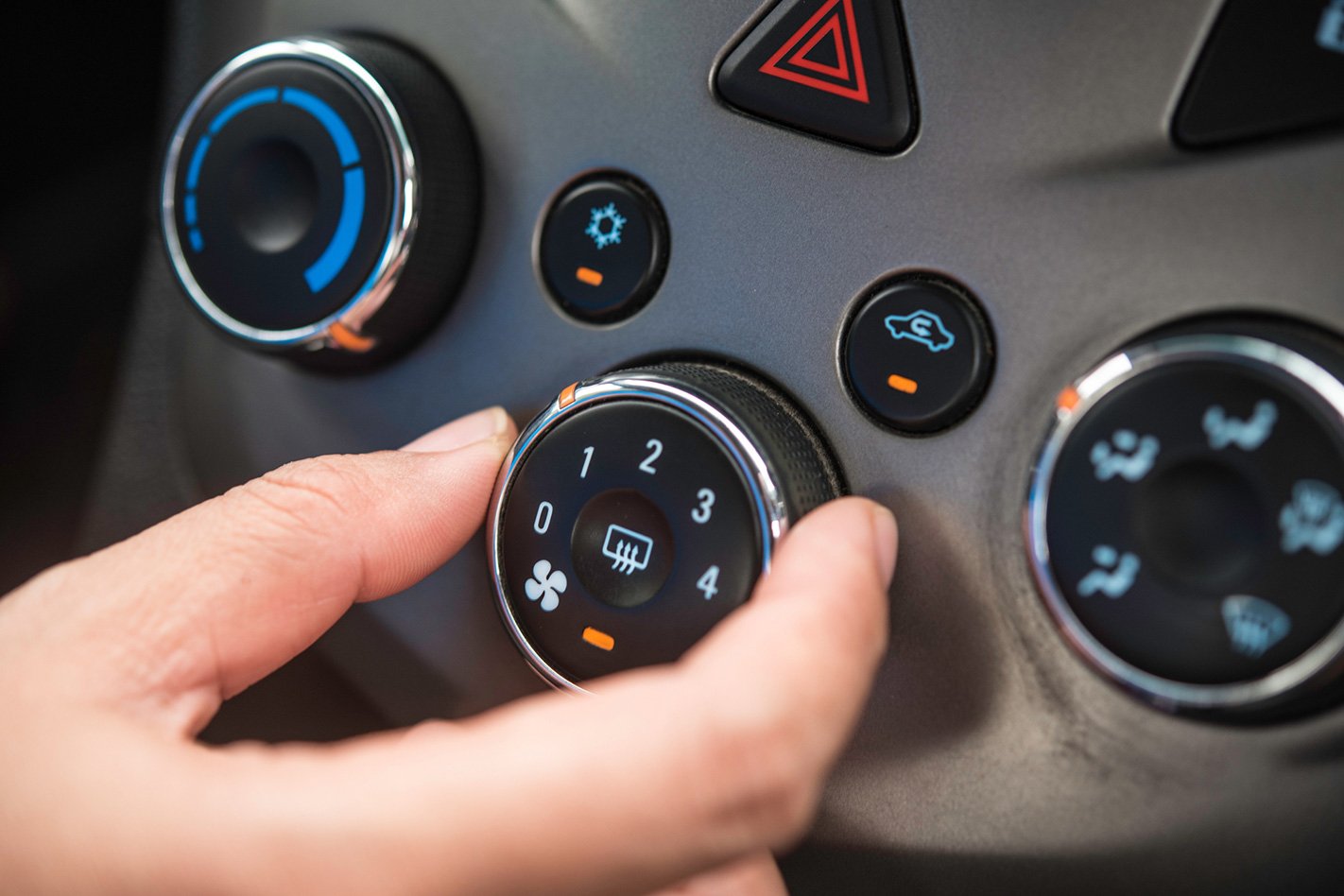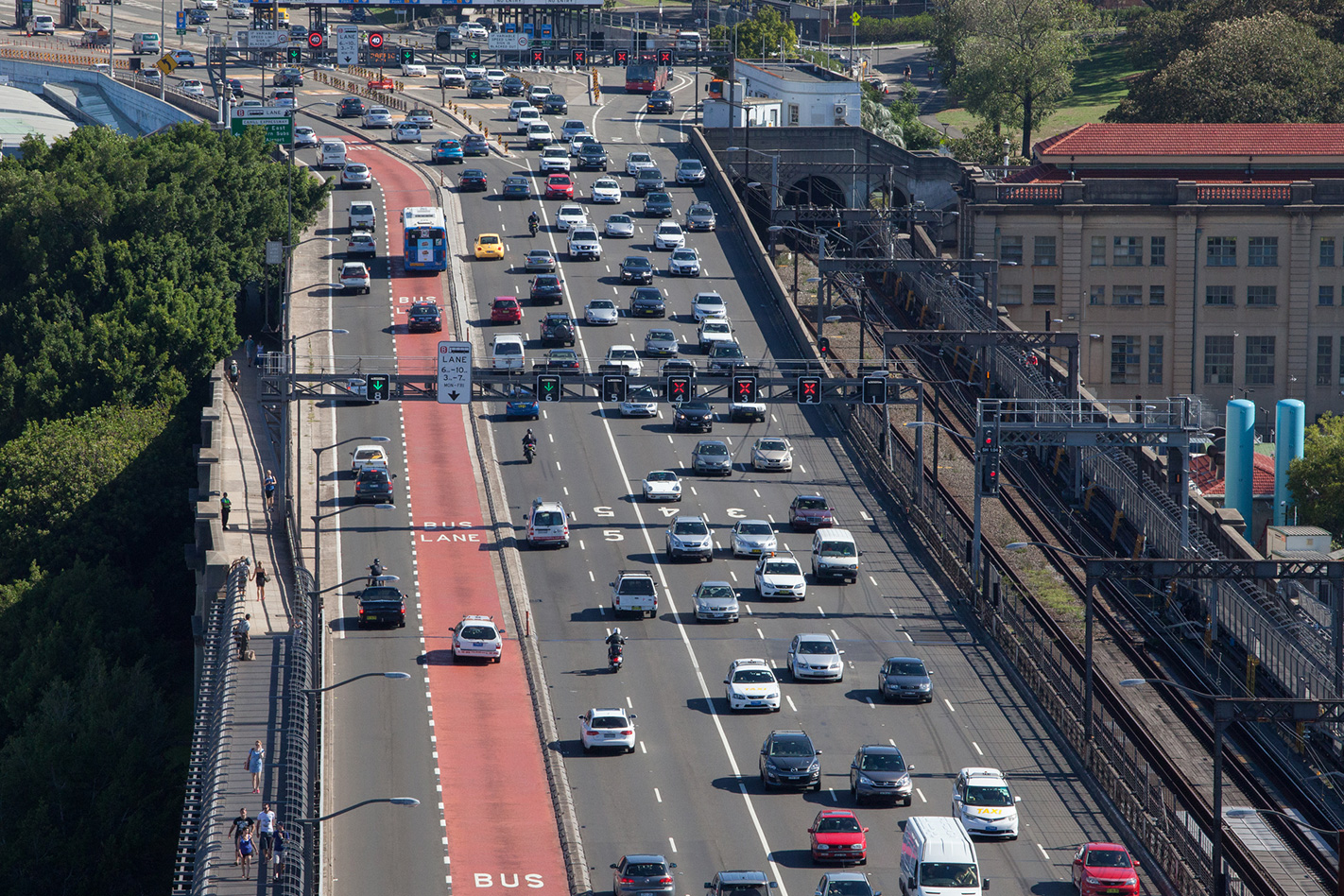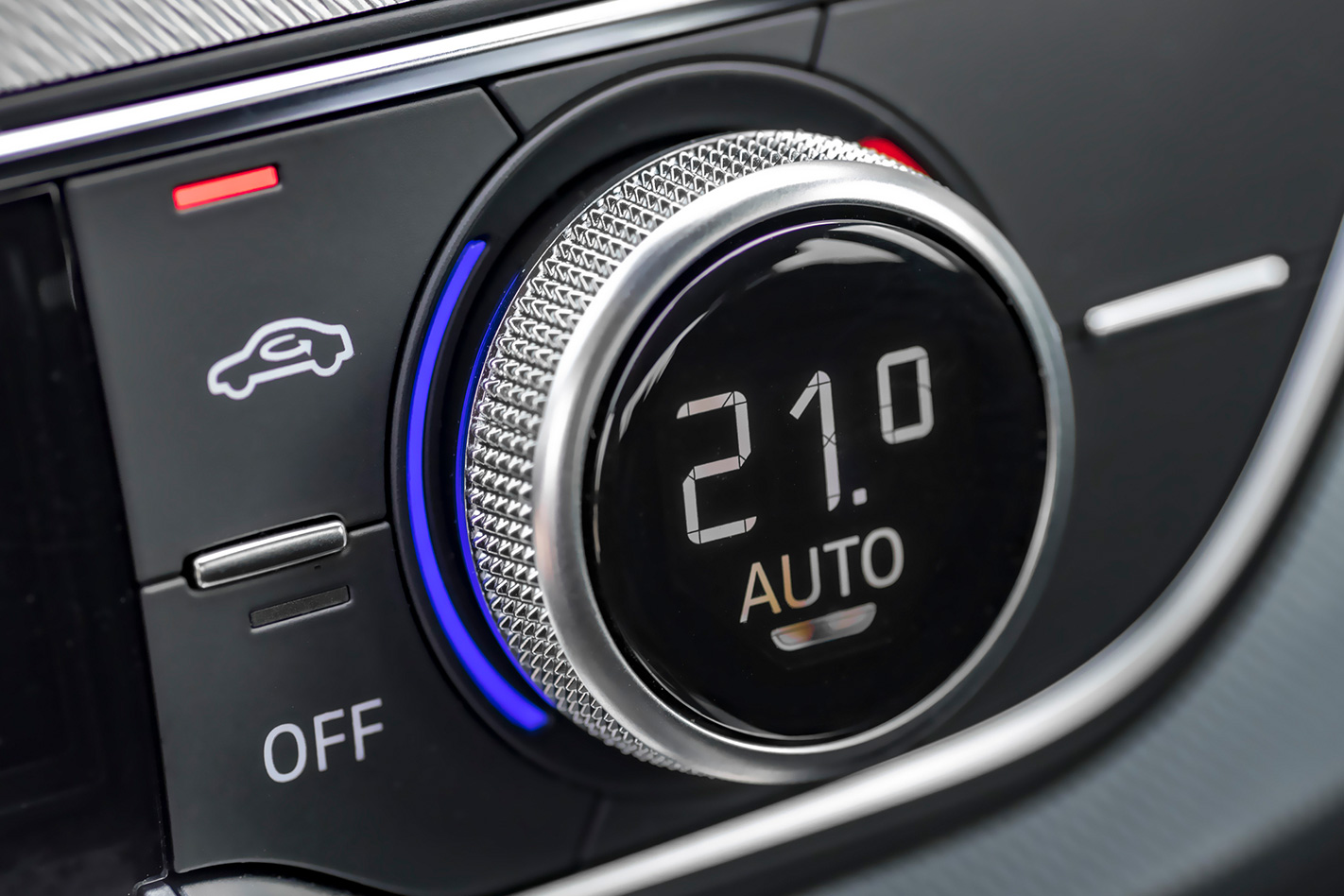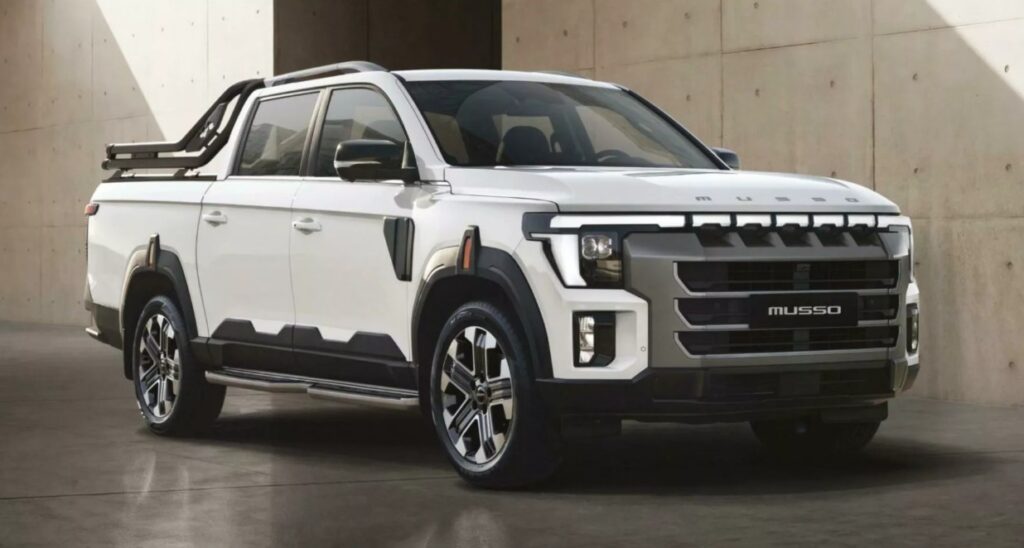
Carbon dioxide isn’t the only gas emitted from cars that is causing harm to our atmosphere. Refrigerant gases used in your car’s air conditioning are over 1400 times more potent than carbon dioxide emissions and Australia is doing nothing to stop it, according to a federal government report.
The greenhouse gas known as HFC-134a has been pre-charged into car air con systems by car makers since the 1990s, but since then has been found to be a potent polluter of the Earth’s atmosphere.

HFC-134a is banned in both the United States and Europe, but Australia has yet to follow, instead relying on automotive manufacturers to import new cars with the latest technology to naturally reduce the abundance of the gas. That hasn’t happened.
The alternative gas that’s now widely used in other countries called HFO-1234yf causes no to the environment but is mildly flammable in some circumstances.
A report issued by the Department of the Environment in September outlined the fact that the expected replacement of HFCs with HFOs has not occurred.

Guidelines under the Montreal Protocol also address the issue with HFCs, but aside from being an early adopter, Australia’s progress in phasing out HFCs in cars has stalled.
“It has to be noted that previous projections of the rate of HFO deployment in [cars] have failed to materialise,” the report states.
The report finds that Australian car importers and service centres do in fact stock the less-pollutant HFO-1234yf gas, but none were selling any volumes worth noting.
“Auto makers appear content to continue to supply models with older generations of refrigerants to any markets that permit HFCs, while making HFO charged models available where they are required to by law.”

The reason behind this is cost. “At this point in time the cost of the HFO refrigerant system [is] higher than HFC-134a system,” the report stated.
“It is only a matter of time before the Australian fleet starts to see HFO charged [systems] in new vehicle sales. However because existing production lines for HFC-charged [air-con] is clearly still profitable, global vehicle manufacturers are also likely to continue to manufacture and supply HFC charged systems, for as long as regulation allows.”
The lack of government action and the cheaper price of the more harmful refrigerant means importers will continue to exploit the loophole and supply HFC for Aussie air-conditioning systems into the 2020s.



